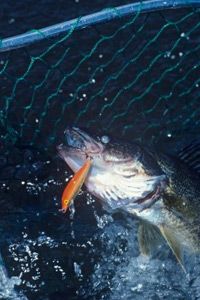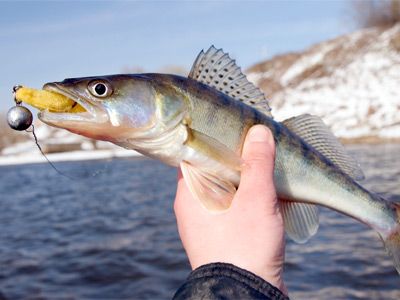With nearly 165 species in its family tree, freshwater perch just might be the most abundant fish in North America [source: Canadian provinces.
That abundance -- not to mention their tasty, firm meat -- might explain why many anglers are hooked on catching the fish that has become a popular main course at Friday night fish fries. Perch feed year-round, so they can be caught year-round, which adds to their popularity.
Advertisement
Lake perch aren't big. The yellow-gold fish with dark-striped sides grow to be 5 to 12 inches (13 to 30.5 centimeters) in length and can weigh up to 4 pounds (1.8 kilograms). When a school of perch goes into a feeding frenzy, the fish can provide anglers with plenty of action, rewarding them with a nice stringer for supper.
The trick to catching perch -- or any fish for that matter -- is knowing where to find them and what kind of equipment to use. The good news is you don't need a lot of expensive gear to get started. With the tips found in the following pages, you'll soon be primed to perch.
Advertisement



